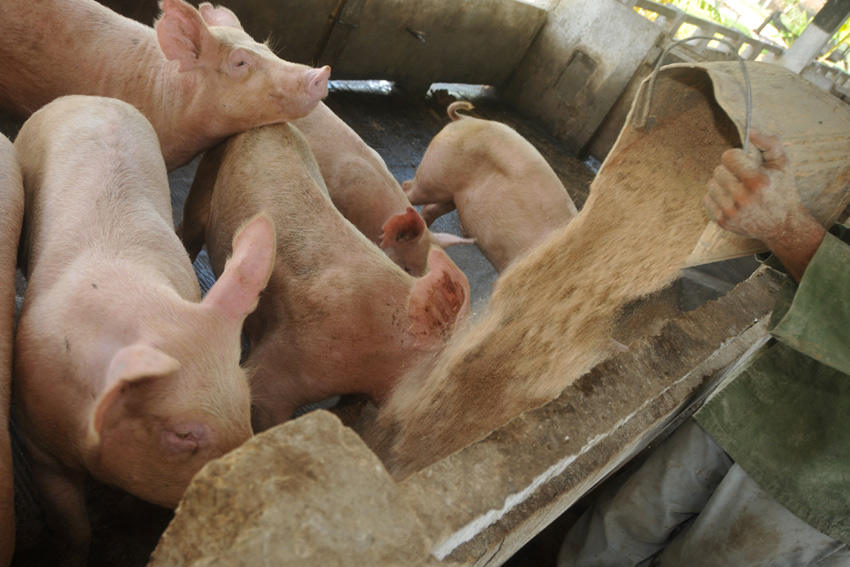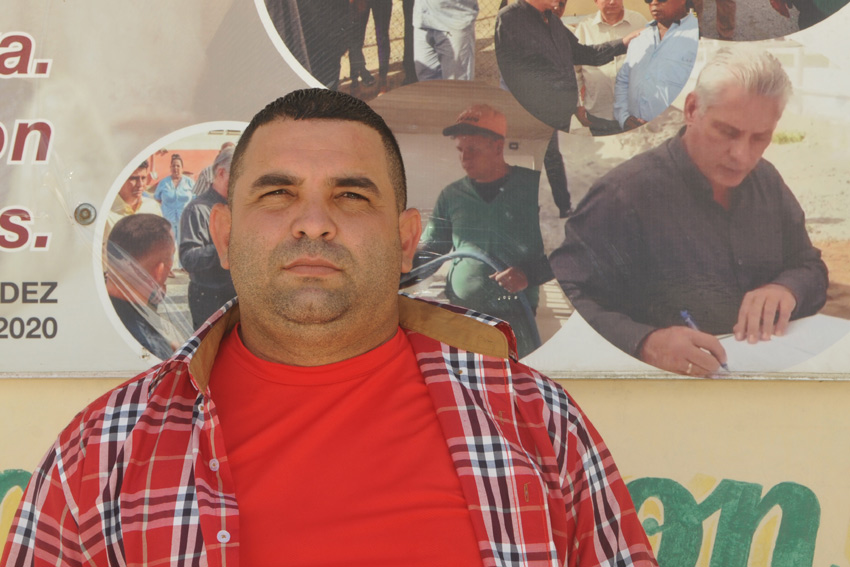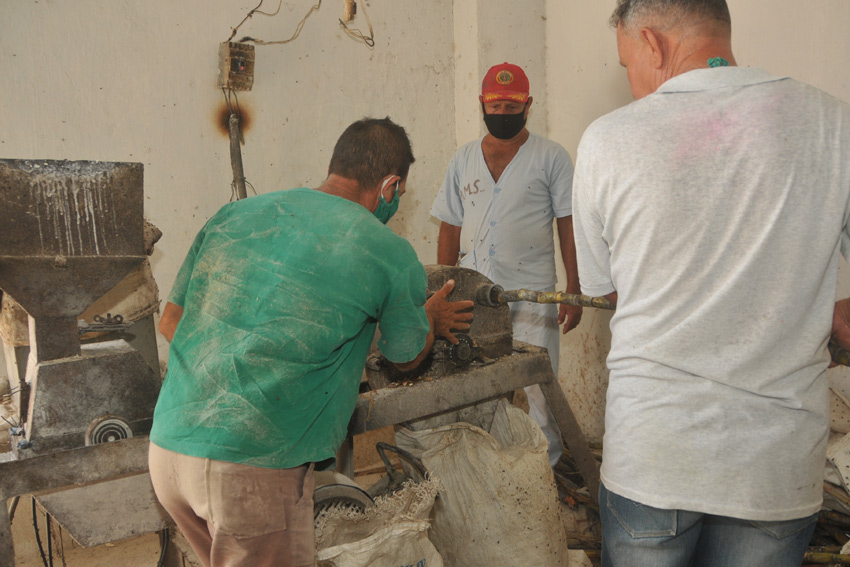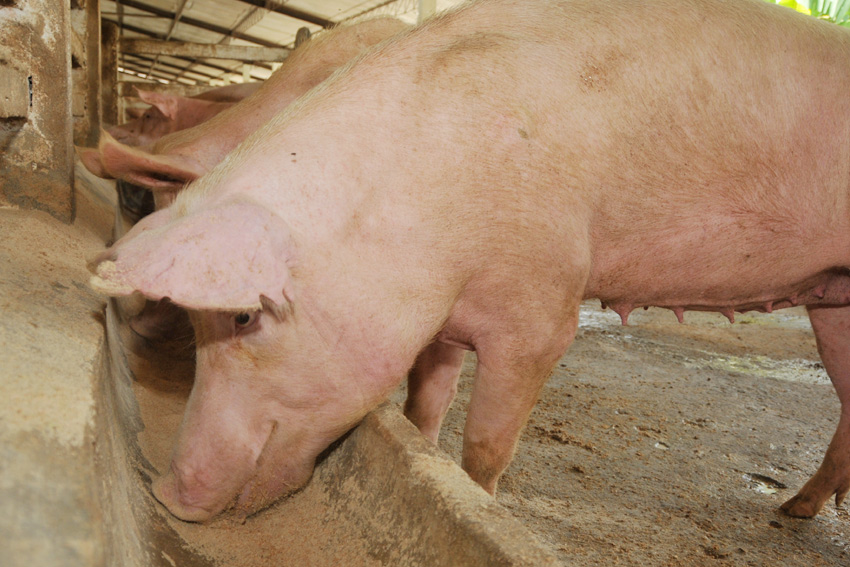
Amid the limitations caused by the intensification of the economic blockade, which prevents the importation of animal feed, the productive units in this province and cutting-edge pig farmers adopt strategies with the premise of strengthening the basic mass (breeders and stallions) and avoid the decline of swine production.
 Las Tunas, Cuba.- Without depending on imported food, and creating the food base for the herd, the actions in the sector are directed towards a future recovery of pork production, “for which now it is essential to maintain the animals with locally nutrients obtained and lighten the heavy burden that the purchase of hundreds of thousands of tons of feed every year means for the country's economy,” Michel Guerrero Jomarrón, director of Technique and Development at the Swine Company, told 26.
Las Tunas, Cuba.- Without depending on imported food, and creating the food base for the herd, the actions in the sector are directed towards a future recovery of pork production, “for which now it is essential to maintain the animals with locally nutrients obtained and lighten the heavy burden that the purchase of hundreds of thousands of tons of feed every year means for the country's economy,” Michel Guerrero Jomarrón, director of Technique and Development at the Swine Company, told 26.
According to the manager, “One of the main alternatives being worked on to consolidate the program is the planting of crops such as cassava, corn, sorghum, and soybeans, which supplement the diet and make minimal use of imported nutrients. At the same time, new areas are being cleared in each of the municipalities to increase the plots dedicated to protein plants,” he explained.
An essential element, according to Guerrero Jomarrón, is to strengthen the productive linkage with other industries. "With Tecnoazúcar, for example, we have guaranteed more than 612 tons of silage; with the Dairy Company, about 700 tons of whey; likewise, about 50 tons of industrial waste from the Meat Company have been used.”
 Besides, "in agreement with the Fishing entity, 20 tons of whitebait reaches the pig units; and the Sugar Company has delivered 200 tons of honey and more than 30 of cane; and together with various productive forms, we have obtained other quantities of corn, yucca, and protein plants. Such productions contribute to complementing the pigs’ diet along with the mixtures made by the forage machines existing in each one of the basic pig business units.”
Besides, "in agreement with the Fishing entity, 20 tons of whitebait reaches the pig units; and the Sugar Company has delivered 200 tons of honey and more than 30 of cane; and together with various productive forms, we have obtained other quantities of corn, yucca, and protein plants. Such productions contribute to complementing the pigs’ diet along with the mixtures made by the forage machines existing in each one of the basic pig business units.”
The Director of Technique and Development affirmed that another of the alternatives for better feeding of the animals is the double pumping of water, with which they prevent the pigs from going thirst. They also take advantage of the capacities of the facilities, "lowering the number of animals per pen and increasing the living space, to eliminate competition at feeding time and that each animal benefits from the nutrition,” he explained.
The territory of Las Tunas has more than 14,800 animals, distributed in the Integral Swine units I and II, the Manatí Breeding Center, “La Herradura, and “El Bleo.” "Each of these sites has four-ton cauldrons for cooking the waste," he reported.
Creating guarantees to sustain the basic swine mass and that in the future this program is recovered is the maxim of the Company in Las Tunas. Therefore, it is urgent to chain processes that allow guaranteeing raw materials to guarantee the food base with local resources and depend less on imported feed. Reaching the stability of pork in the market constitutes its great mission.







